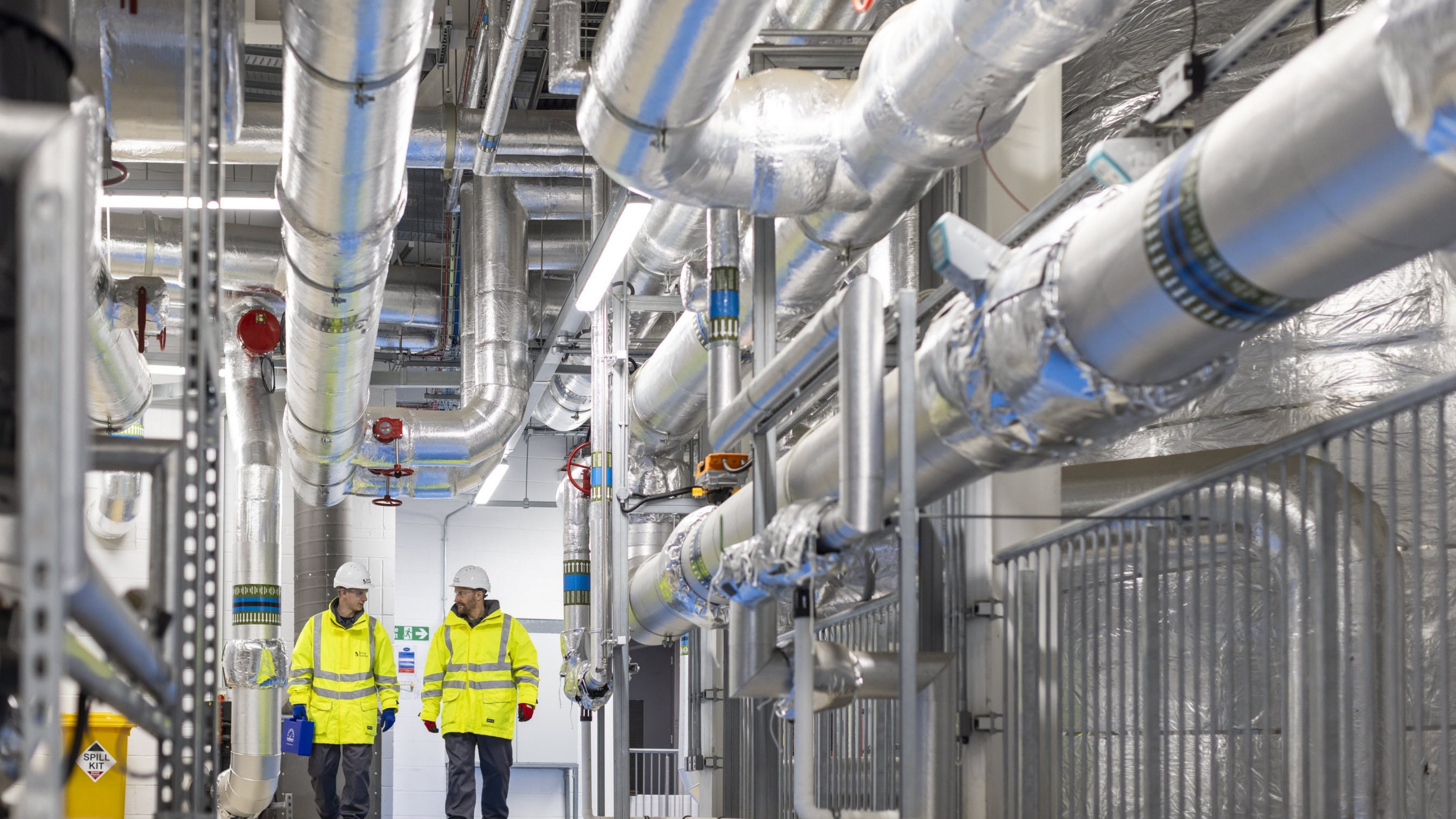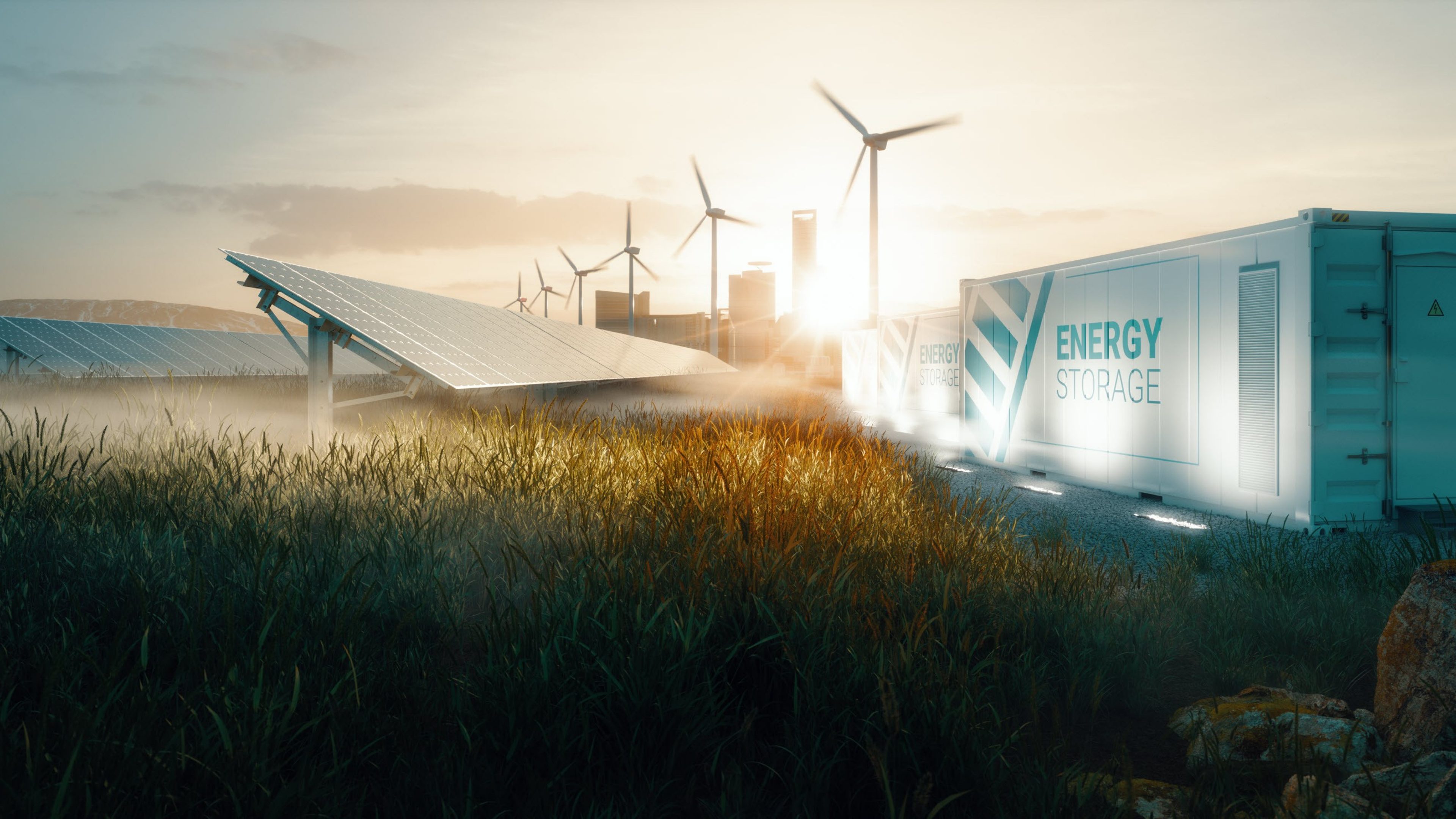Investments in solar energy, especially in photovoltaics, are growing at a fast rate. In order to exploit the potential of this source of energy, investors need to adopt innovative approaches alongside traditional ones.
The sun emits light at a constant output of 173 000 terawatts (TW), or the equivalent of 173 000 000 average-sized nuclear power plants. To satisfy humankind’s annual energy needs, only 60 to 100 TW of this amount would be needed, that is to say it would suffice to use solar energy on 0.034% of the earth’s surface or on 0.1% of the land area.
There is huge potential in this regard, not only from a technological perspective, but also in economic terms. Together with hydropower, solar energy is the technology with the lowest generation costs. For a long time, the rule of thumb was that generation costs are halved with each doubling of the capacities installed globally. This effect is now less pronounced, on the one hand due to technical limitations and on the other hand due to the amount of labour required, which is the biggest cost factor when installing facilities. However, for plants above a critical size, solar technology is superior to conventional power generation technologies in all cases.
If investing in solar technology is so attractive from both technological and commercial perspectives, why is the global energy problem still unresolved?
The challenges
Globally, almost 1.2 TW of solar capacity has already been installed. This represents around 5% of the world’s power generation capacity. By 2030, this figure is expected to have increased sixfold to 7.5 TW. The challenges are as follows:
- Grid capacity challenge: One of the biggest challenges is the power grid. It is designed to transport electricity from centrally located power plants (e.g. coal or nuclear plants) to end-customers. However, these central locations are not generally in the sunniest locations – either from a macro viewpoint (southern European countries vs. northern European countries) or from a micro viewpoint (industrial areas vs. free space available for solar energy).
- Volatility challenge: Photovoltaic systems inherently only produce electricity when the sun is shining. However, demand for electricity is not based on when the sun shines. The successful expansion of this technology therefore depends crucially on the development of (i) power storage technologies such as batteries, (ii) intelligent demand management and (iii) the emergence and use of renewable fuel production (hydrogen).
- Space usage challenge: Even though needing to build on only 0.1% of the earth’s land surface sounds like very little, this area still needs to be accessible and connected to the grid. However, there are not many such areas and where there are, there is also competition from alternative uses such as agriculture. Public opinion is also not to be underestimated, with opponents of solar projects often citing the negative changes to the landscape that solar panels bring.
Institutional investors face two further challenges:
- Competition challenge: The scarcity of space in sunny locations with both a connection to the grid and public approval increases the cost of the investment. In addition, developers of favourable locations are taking an increasing share of the value added for themselves. This leads to increased competition and lower returns for investors.
- Granularity challenge: Prices for solar panels are currently below CHF 200/kWp again. For a large-scale plant producing at least 10 MW incl. a power inverter, substructure and assembly work, the total costs amount to around CHF 550/kWp. However, the above-mentioned premiums charged by developers can lead to significantly higher costs. The costs of a rooftop system are considerably higher: they can be up to four times more, depending on the labour costs for the installation as well as other fixed costs. Assuming that the average roof of a house requires an installation of approx. 10 kWp, the investment costs for an owner of a detached house are already significant; for an institutional investor, however, it takes a huge number of such small installations to reach the critical size required in a portfolio.
An alternative investment approach
Solar technology is a profitable and inexpensive technology. By contrast, for institutional investors it is paradoxically expensive due to developer premiums and is difficult to scale in the case of rooftop installations. At the same time, roof surfaces generally have potential that is relatively easy to exploit.
From an energy point of view, it does not make sense to produce power on a decentralised basis, then feed it into the electricity grid and ultimately buy it back again when needed. Instead, consumers should optimise their own energy usage and – where possible and feasible – use electricity they generate themselves, potentially also making use of power storage facilities. If this form of energy production and consumption is to become more widespread, it must become cheaper. Subsidies are one option; another – and much better – way is to make the system more efficient. What is required are more effective analyses and surveys of rooftops on the one hand, and more standardisation and efficiency in the installation process on the other.
Another option is the approach taken by Otovo, a Norwegian cleantech company with an innovative solar platform. Otovo is a digital marketplace that brings homeowners and installers together: a homeowner enters their address, condition of their roof, their energy consumption and a few other parameters online, while the installers enter their prices for solar panels, power inverters, travel costs etc. Otovo then automatically generates a binding offer at the touch of a button. This sales process is very efficient and lowers prices. The platform will also be gradually expanded to include additional elements such as battery storage and heat pumps.
Otovo has introduced a feature that allows a homeowner to choose whether to buy or rent the solar system. With the rental option, they pay a monthly fee over 20 years and also have the option of purchasing the system at a later date. If the homeowner decides to rent, they receive an all-inclusive carefree package, i.e. maintenance, operation and upkeep of the facilities are included.
Swiss Life Asset Managers has acquired a portfolio of solar systems in Norway and Sweden from Otovo. It has not acquired the systems themselves, rather the solar lease contracts covering the ownership of the solar panels. This allows it to invest in photovoltaics without being exposed to the disadvantages of economies of scale and without the risk of fluctuations in electricity prices. Nor does it matter whether the sun shines a lot or a little in Scandinavia, or whether the specific costs of a solar system are higher or lower than in other markets. From an investment perspective, the only issue is the counterparty risk of the homeowner. If they default on their payments, it is possible to dismantle the system again. However, homeowners will always prefer using solar power from their own roof instead of obtaining it from an energy supplier, not least because it saves on network costs. This additional incentive further reduces the already low default risk and offers a very attractive risk-return profile for investors overall.
Vous trouverez plus d'informations sur le site web d'Otovo.
In October 2023, Swiss Life Asset Managers acquired a portfolio of solar lease contracts from Otovo ASA in Norway and Sweden for a fund it manages. The partnership with Otovo provides access to the solar roof market and therefore to opportunities that go beyond traditional investments in renewables.
Swiss Life Asset Managers has a long investment horizon in infrastructure and combines industry knowledge with reliability and sustainability.




